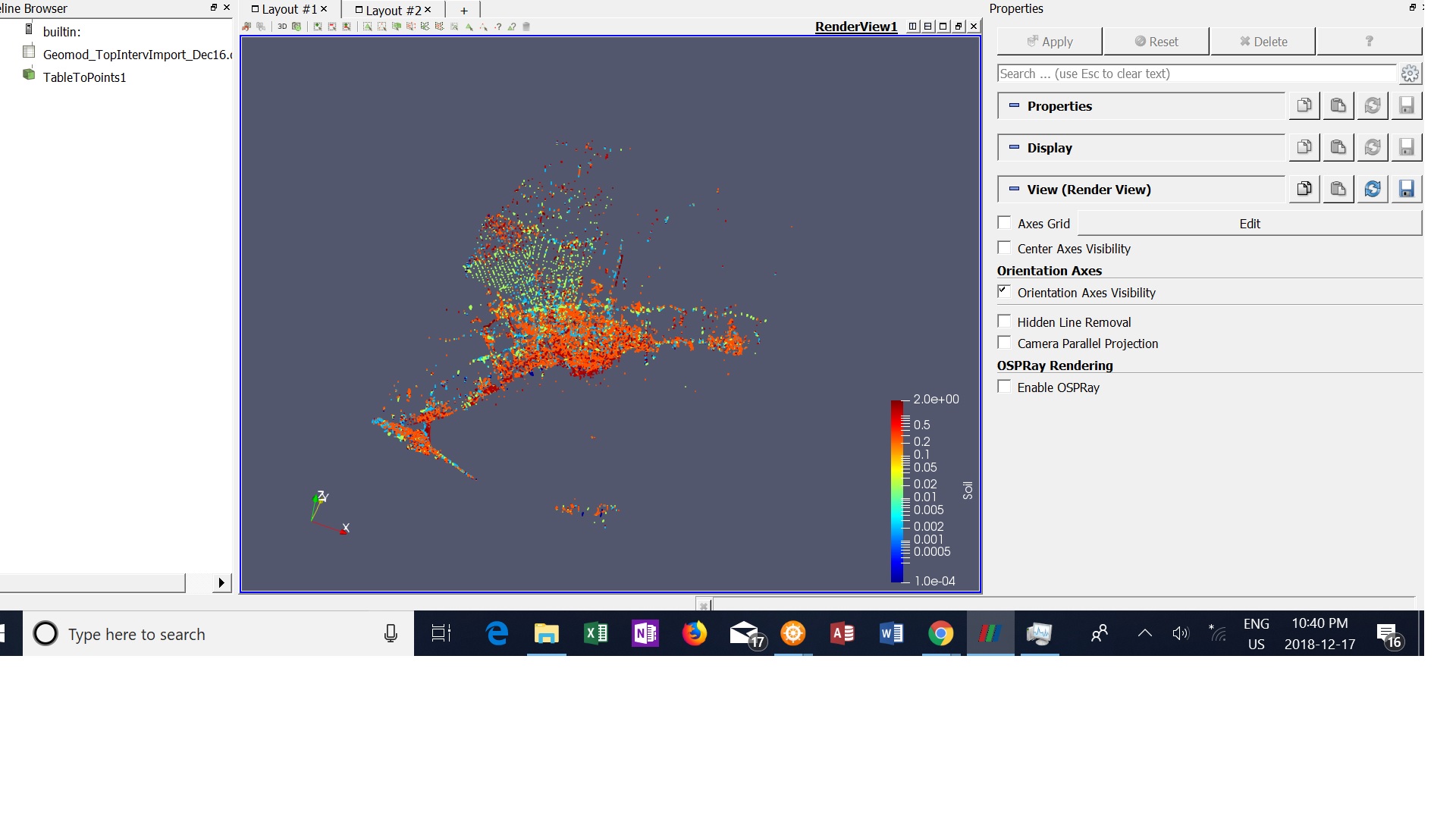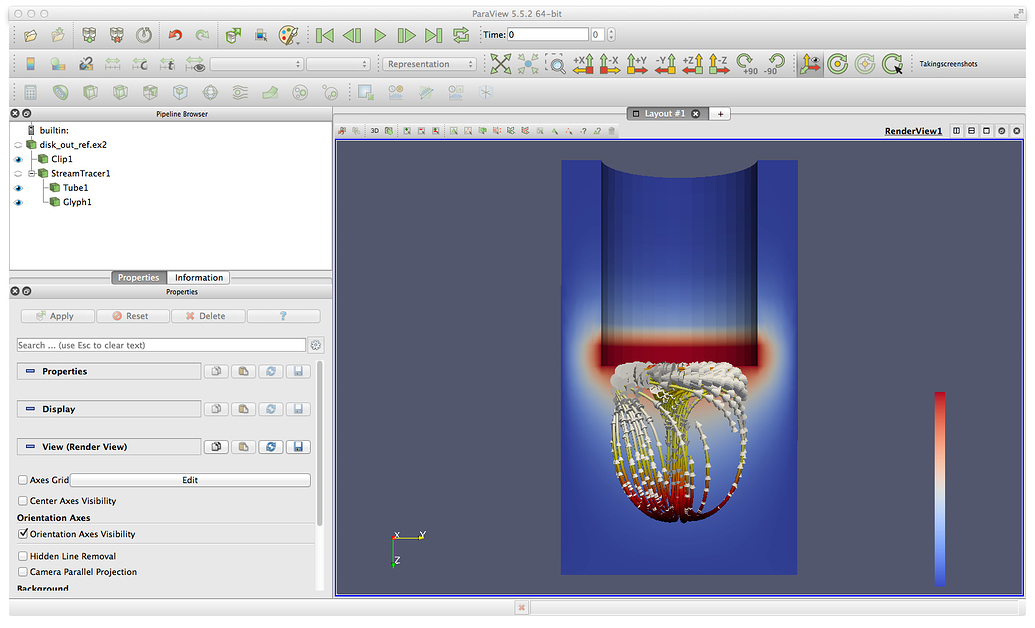

Shown below is an example of a ParaView start-up state with an example data set and visualization pipeline.
#Paraview video how to#
The help page will tell you on what machines ParaView is available, how to set up your environment, how to set your display, and where additional documentation is located.īefore we can talk about how to visualize data sets with ParaView, we first need to talk about ParaView's user interface and ParaView's visualization pipeline.Īs an application, ParaView comes with a complete graphical user interface. You can also visit the online version of the ParaView documentation.īoston University Research Computing users, please go to the RCS ParaView Help Page for information specific to the ParaView installation at this site.

#Paraview video manuals#
This will open a window, providing access to all of the manuals that come with ParaView: To see the documentation from within ParaView go to the Help menu and select Help. It can also be helpful for you to browse the ParaView documentation as we talk about various features of ParaView. We encourage you to play and experiment with ParaView as we discuss the various topics in this tutorial. The most effective way for you to go through this tutorial is to have ParaView running in a window next to this tutorial. This will open a file dialog window, providing a list of state files in the current directory that you can load: For example: scc1% cd materials/Demos/Simple/Īnother way to load an example file is to first run ParaView without any arguments: scc% cd materials/Demos/Simple/Īnd then from within the ParaView application go to the File menu and select Load State. You can cd into any of the subdirectories of the materials/Demos directory and load a ParaView example by typing paraview followed by -state= and then the example's file name. Once this has been done, you should have a materials directory with both a Data and a Demos subdirectory.
#Paraview video download#
Before starting the tutorial you should download and untar the workshop examples file. ParaView can also be run in a client server configuration, often used for viewing extremely large data sets, but this is beyond the scope of this introductory tutorial. See the ParaView Examples web page for more information.įor this tutorial we will be running ParaView locally in what is called “stand-alone” mode. The workshop examples are available for download here: Tar file of the ParaView workshop examples. The examples we will be using were originally developed for the 2008 Workshop on Scientific Visualization and are based upon the example programs and data from Kitware. This tutorial is organized around a set of ParaView visualization examples which are stored as ParaView state files (filename.pvsm). ParaView provides a comprehensive suite of visualization algorithms and supports many different file formats for both loading and exporting data sets. Through exploration and interaction users can quickly build visualizations to analyze their data using qualitative and quantitative techniques. ParaView offers non-programmers much of the capability of VTK without requiring them to write programs. ParaView is an open-source, multi-platform data analysis and visualization application built on top of VTK. Stream Lines Modeling Visualization Algorithms Cutting/Slicing

Vector Visualization Algorithms Hedgehogs Scalar Visualization Algorithms Color MappingĬontouring/Isosurface. Loading Data How to load data sets and state files into ParaView. Object Inspector Visualization Pipeline How ParaView transforms informational data into graphical data. Getting started A few basic hints that will help you get started. Hope that helps - I’m curious to hear what works best for your use case.Table of Contents Introduction A brief introduction. That’s why the client-side rendering is preferred in general, although there will be limits on how much data can be downloaded efficiently and how much can be loaded into the browser. This actually works quite nicely, but it means you have to maintain a server with the user’s data loaded or create one on the fly.


 0 kommentar(er)
0 kommentar(er)
